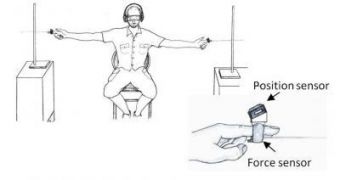The Journal of Neuroscience has recently witnessed the publication of a new study stating that the blind could potentially have an easier time when it comes to moving around in their homes and even in open spaces if they were to have plastic “whiskers” attached to their fingers.
Most people are all too familiar with the fact that rats constantly move their whiskers at quite incredible speeds, yet not everybody knows that this helps them become “acquainted” with their surroundings, meaning that they can easily pick out what objects find themselves in their proximity.
A team of researchers working with the Weizmann Institute hope to find a way of attaching man-made, plastic “whiskers” to the fingers of the blind, thus enabling them to adapt to their surrounding environments both faster and more efficiently.
Apparently, experiments carried out in a laboratory have shown that such finger “whiskers” make it easier for the blind to pin down the objects which are closest or farthest to them.
“In this research, we see that changing our physical movements alone – without any corresponding change in the sensitivity of our senses – can be sufficient to sharpen our perception,” Dr. Avraham Saig wished to emphasize.
Backing up his statements, Professor Ehud Ahissar made a case of how, “Both sight and touch are based on arrays of receptors that scan the outside world in an active manner. Our findings reveal some new principles of active sensing, and show us that activating a new artificial sense in a ‘natural’ way can be very efficient.”
When they were first asked to state which of two poles found itself closest to them, the volunteers who agreed to take part in this study could only make head and tail of a threshold of eight centimeters.
However, as the experiments progressed, their sensory threshold was cut down to three centimeters, and in some cases to just one centimeter.
“Our vision for the future is to help blind people ‘see’ with their fingers. Small devices that translate video to mechanical stimulation, based on principles of active sensing that are common to vision and touch, could provide an intuitive, easily used sensory aid,” Dr. Amos Arieli commented with respect to this project.

 14 DAY TRIAL //
14 DAY TRIAL //